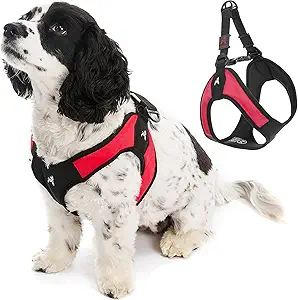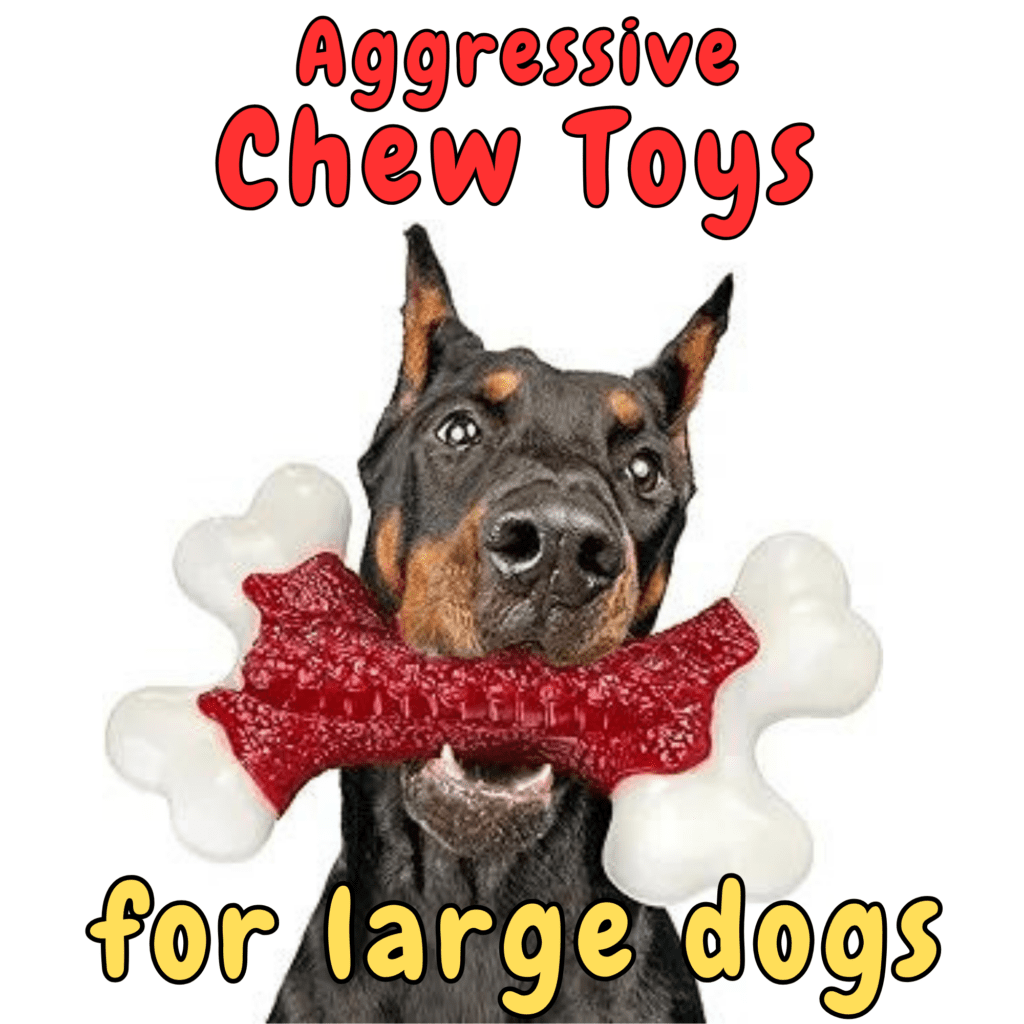The Best Dog Harnesses: Types & How to Choose
This post may contain affiliate links, which means I’ll receive a commission if you purchase through my link, at NO EXTRA COST TO YOU
When it comes to walking your dog, a harness can be a game-changer. Unlike traditional collars, which can put pressure on your dog’s neck and lead to injury, harnesses distribute the force across the chest and back, making walks safer and more comfortable. Whether you have a tiny Chihuahua or a giant Great Dane, finding the right harness is crucial. In this comprehensive guide, we’ll dive into everything you need to know about dog harnesses, from the different types available to tips on how to choose the best one for your furry friend.
Why Choose a Harness Over a Collar?
Before we explore the various types of harnesses, let’s first understand why a harness might be a better option than a collar.
- Safety and Comfort: Collars can cause choking or damage to the trachea, especially if your dog tends to pull on the leash. Harnesses, on the other hand, distribute pressure evenly across the body, reducing the risk of injury.
- Better Control: Harnesses provide better control, especially for larger or more energetic dogs. They help you guide your dog without straining your arms or putting unnecessary pressure on their neck.
- Training Aid: Many harnesses are designed to discourage pulling, making them excellent tools for training dogs who are still learning to walk on a leash.
- No More Escaping: Some dogs are masters at slipping out of their collars. A well-fitted harness is much harder to escape from, giving you peace of mind during walks.
Types of Dog Harnesses
There are several types of dog harnesses available, each suited to different needs and preferences.
Back-Clip Harness
- Description: The most common type, this harness has a leash attachment on the back, between the shoulder blades.
- Best For: Well-trained dogs who don’t pull excessively.
- Pros: Easy to put on and comfortable for the dog. It doesn’t get tangled with the leash as much.
- Cons: Not ideal for dogs that pull a lot, as it can encourage more pulling.
Front-Clip Harness
- Description: This harness has a leash attachment at the front, on the dog’s chest.
- Best For: Dogs that pull on the leash.
- Pros: Helps to discourage pulling by redirecting the dog’s movement toward the owner.
- Cons: Can get tangled with the leash if not used correctly.
Dual-Clip Harness
- Description: Offers both front and back leash attachment points, providing versatility.
- Best For: Owners who want the flexibility to switch between back and front attachments.
- Pros: Versatile and provides better control, especially for training.
- Cons: Can be more expensive and might require some adjustment time for the dog.
Step-In Harness
- Description: The dog steps into the harness, and it is then clipped on the back.
- Best For: Dogs that don’t like things being put over their head.
- Pros: Easy to put on and take off, especially for small dogs.
- Cons: Not as secure as other types, especially for dogs that pull or are very active.
No-Pull Harness
- Description: Designed specifically to discourage pulling, often with a front clip.
- Best For: Strong dogs or those who are difficult to control on walks.
- Pros: Helps with training and prevents pulling.
- Cons: Can cause discomfort if not fitted correctly or if used for long periods.
Vest Harness
- Description: Covers more of the dog’s body and often has extra padding.
- Best For: Small dogs or those with sensitive skin.
- Pros: Provides extra comfort and warmth. Also doubles as a fashion accessory.
- Cons: Can be bulky and hot in warmer weather.
Car Harness
- Description: Designed to keep your dog secure in the car, often attaching to the seatbelt.
- Best For: Dogs who travel frequently.
- Pros: Provides safety during car rides and can also be used as a walking harness.
- Cons: Not as versatile for regular walks, and some dogs may find them uncomfortable.
How to Choose the Right Dog Harness
When selecting a harness for your dog, several factors need to be considered:
- Size and Fit
- Measure Your Dog: Use a measuring tape to measure around your dog’s chest and neck. Most harnesses come with size charts to help you choose the right fit.
- Adjustability: Look for harnesses with adjustable straps to ensure a snug fit. It should be tight enough to prevent your dog from escaping but loose enough to allow comfortable movement.
- Material
- Comfortable and Durable: Choose a harness made from high-quality, durable materials like nylon or leather. For added comfort, look for padded options.
- Breathability: If you live in a warm climate, a breathable mesh harness can prevent your dog from overheating.
- Ease of Use
- Easy to Put On and Take Off: Some harnesses can be tricky to figure out, so opt for one that’s simple to use. A step-in harness, for instance, is easy to put on, especially for smaller dogs.
- Safety Features
- Reflective Strips: For those who walk their dogs at night, a harness with reflective strips can improve visibility.
- Secure Fasteners: Ensure that the buckles and fasteners are sturdy and won’t come undone easily.
- Purpose
- Daily Walks vs. Training: If your dog is still learning to walk on a leash, a no-pull harness might be the best option. For regular, calm walks, a back-clip harness could be sufficient.
Top 5 Dog Harness Brands
When it comes to choosing a harness, brand reputation can also play a significant role. Here are some of the top dog harness brands known for their quality and reliability:
Ruffwear
- Known for their durable and adventure-ready harnesses, Ruffwear offers various options for different dog sizes and activities.



Kurgo
- Kurgo specializes in travel and outdoor gear for dogs, including harnesses that double as car safety devices.
PetSafe
- PetSafe offers a range of harnesses, including those designed to prevent pulling. Their harnesses are also known for their affordability and ease of use.



HURTTA
- A brand that focuses on high-quality outdoor gear for dogs, HURTTA harnesses are built to withstand harsh conditions and are great for active dogs.

Hurtta Weekend Warrior Dog Harness, Park Camo, 18-24 in
Blue-9
- Blue-9’s Balance Harness is highly recommended by trainers for its versatility and ability to discourage pulling.

Tips for Using a Dog Harness
- Introduce Gradually: If your dog isn’t used to wearing a harness, introduce it slowly. Let them sniff and explore it before putting it on.
- Check for Fit: Regularly check the fit of the harness, especially if your dog is still growing or has gained/lost weight.
- Avoid Prolonged Use: While harnesses are safer than collars, they should not be worn all the time. Remove the harness when your dog is indoors or not on a walk.
- Combine with Training: A harness is not a substitute for proper leash training. Use it as a tool to complement your training efforts.
Conclusion
Choosing the right harness for your dog is essential for their comfort, safety, and your peace of mind. With so many options available, it’s important to consider your dog’s specific needs, size, and behavior when selecting a harness. Whether you’re looking for a simple back-clip harness for daily walks or a no-pull option for training, the perfect harness is out there for you and your furry friend.
Remember, a well-chosen harness can make all the difference in ensuring that your walks are enjoyable and stress-free. Happy walking!












